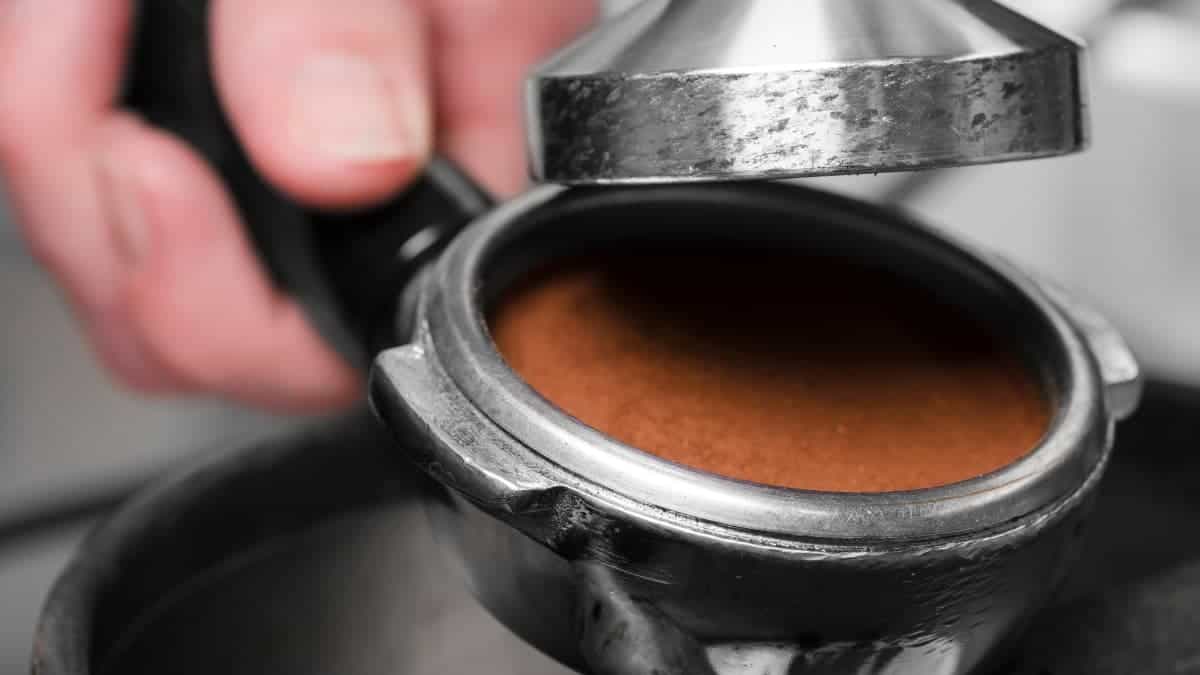As a barista with over 8 years of experience, I understand the struggle of pulling a consistently good shot of espresso. If you’re a beginner, diving into the complexities of grinders, grind sizes, and espresso machines can be overwhelming. But don’t worry, this guide will help you navigate the process of dialing in an espresso.
Dialing in espresso, also known as calibration, involves manipulating dose, time, yield, and grind size to pull the perfect shot. By adjusting these parameters, you can control the flavor and appearance of your shot. This is why semi-automatic espresso makers are often preferred, as they allow you to fine-tune these settings yourself.
Creating a consistently good espresso is about perfecting the entire coffee-making process, not just following a recipe. It all starts with the dose, which is the amount of coffee grinds you place into your portafilter. In a cafe, the dose usually ranges from 18-21g of ground beans, but this can vary based on your machine and basket size. Consistency in grind size is crucial, and that’s why grinders play a significant role in the process.
After dosing, you need to load and compress your grounds correctly. Tap your full portafilter on a solid surface to even out the coffee puck’s base, and use a coffee tamper to level the top. These small steps significantly impact shot quality, especially with semi-automatic machines where you control the dose.
Next, let’s talk about yield, which is the total amount of coffee produced by your espresso machine. It’s composed of water and coffee solubles and is measured in volume and mass. Tools like a scale or refractometer can help, but your taste buds are also valuable. Track variables like dose, yield, and grind size to help you tweak your espresso. The color of the crema can also give you clues about over-extraction.
Brew ratio is another important factor. It’s the amount of coffee you dose into your basket compared to the amount of espresso you get. Common ratios include 1:1 for ristretto, 1:2 for classic espresso, and 1:3 for lungo. Adjusting these ratios helps you adapt to different machines and achieve the desired taste.
Extraction time is the period during which water is in contact with the coffee grounds, typically 25-30 seconds. Pre-infusion, which wets the grounds before brewing, can improve extraction. Long extractions can lead to bitterness, while short extractions can result in sour flavors. Aim for 25-40 seconds to get a balanced espresso.
Grind size significantly affects extraction time. Coarser grinds allow water to pass through quickly, leading to shorter extraction times and potentially bland coffee. Finer grinds slow down the process, resulting in longer extraction times and stronger flavors. Finding the right grind size often requires practice and adjustment.
Troubleshooting common issues can also help. If your coffee tastes too sour, it may be under-extracted, which means acids dominate the flavor profile. If it’s too bitter, it’s likely over-extracted, pulling unwanted compounds into your cup. Adjusting the grind size can help correct these issues quickly.
In summary, dialing in espresso involves a lot of trial and error, but mastering the dose, yield, brew ratio, extraction time, and grind size will get you closer to that perfect shot. Happy brewing!
Mastering the art of dialing in espresso requires patience and practice, but the result is a consistently delicious shot of espresso. Keep experimenting and adjusting the parameters to find what works best for you.
